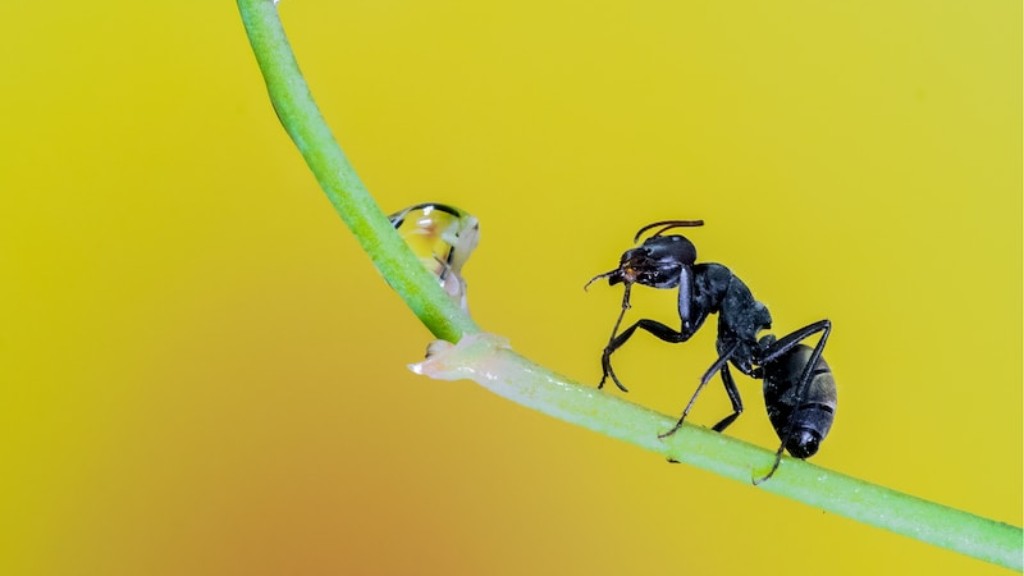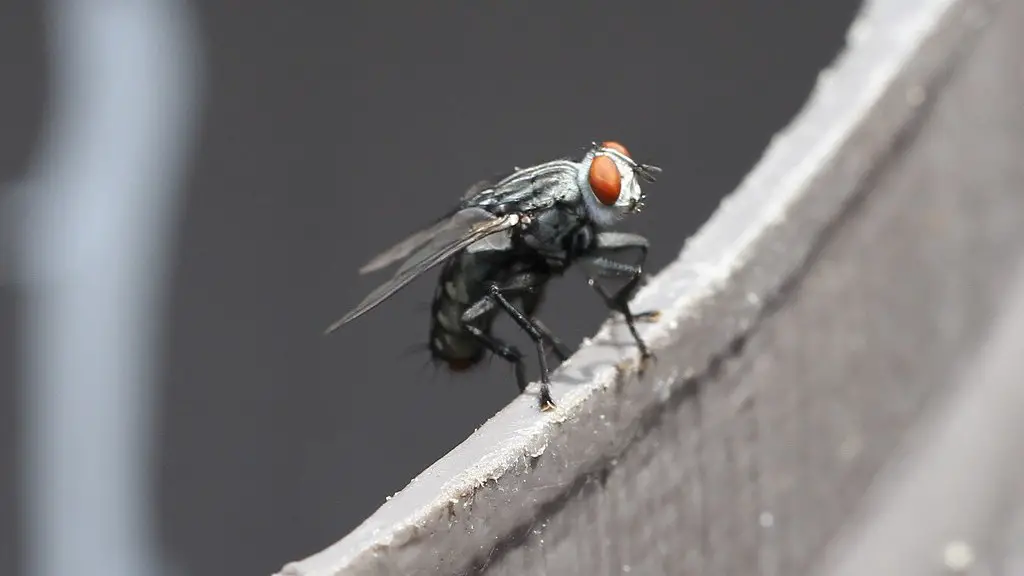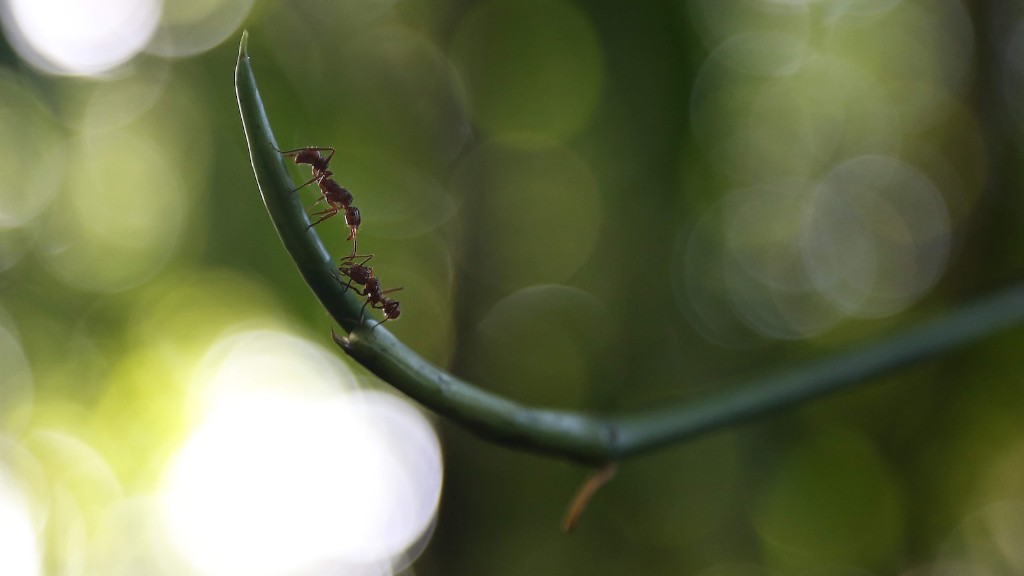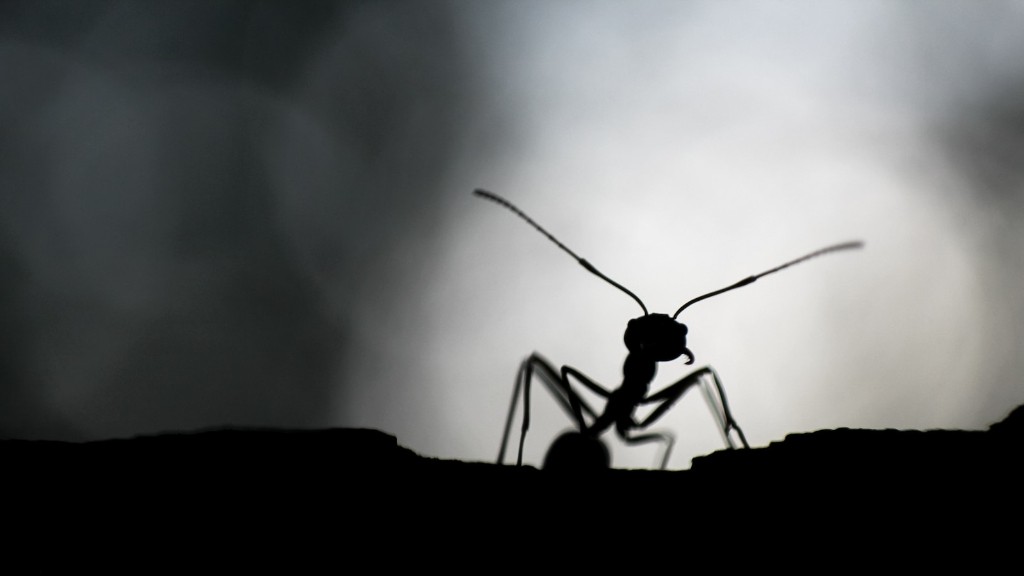Ants may be small, but they come in big numbers. These little insects can be found in most of the world’s lands and are incredibly diverse. In some cases, their populations can reach into the millions, or even billions! In this article, we’ll look at what the population of ants is, what dangers they face and how they interact with us humans.
Ants are usually divided into two main groups − the social and the solitary types. Social ants are those who form huge colonies and live in the same nest. They can number in the hundreds of thousands to the millions. Solitary ants mostly live alone, although they do form small communities at certain times. Some estimates suggest that the world’s population of ants could be around a trillion!
Ants play an important role in our ecosystems. They feed on small insects, dead animals, and plant material. They also break down organic matter and help to spread seeds. The huge colonies of social ants act as huge mulch-makers, helping renewal of recycled materials in the environment.
Unfortunately, ants are facing new threats from climate change, the spread of invasive species and the destruction of their habitats. This is causing their numbers to decline in certain areas and in some cases, they may even disappear altogether. To make matters worse, many pesticides used on farms and gardens contain harmful chemicals which can kill ants. This is having a major effect on their populations.
One of the major risks facing ants is loss of habitat. Humans are building more and more, and as a result, forests and other natural habitats are being destroyed. The same is true for grasslands, deserts, and other areas where ants live. As their habitats are destroyed or degraded, their populations are also decreasing.
Although ants have been around for millions of years, it’s only relatively recently that their populations have been studied in detail. Many scientists have been looking into their behavior, their ecology and their importance to ecosystems. This research has offered many valuable insights into the ways ants interact with their environment and how their populations can be managed.
Despite the various threats facing ants, their populations are still doing well. A large number of them live throughout the world and they are still capable of forming large colonies and spreading vegetation. This demonstrates how resilient they can be and how essential they are to our ecosystems.
The Different Types of Ants
Ants are incredibly diverse and come in many different shapes and sizes. From the Mediterranean fire ant to the leafcutter ant, each type of ant has its own unique characteristics. These characteristics can range from how they feed to how they build their nests. In addition, some ants have developed specific adaptations which allow them to survive in extreme environments.
The nesting habits of ants can also vary hugely. Some ants build huge and elaborate underground chambers, some make big mounds above ground, and some build no nests at all. There are even types of ants which are able to ‘farm’ their own food in the form of fungus or other food sources.
The ways ants communicate can also vary from species to species. Some ants communicate through pheromones, while others use sounds, vibrations or visual cues. Additionally, some ants can even recognize each other by smell.
The details of ants’ behavior can be studied through various methods, including experiments, observations and genetic analysis. This type of research is useful in understanding the roles different ant species play in the environment, as well as how their populations can best be managed.
The Impact of Ants on Humans
Humans can have both positive and negative impacts on ant populations. On one hand, humans can provide habitats for ants, while on the other they can introduce species that can cause problems. For example, the fire ant, an invasive species in the United States, is known to cause serious damage to crops and native species.
Humans also rely on ants in many ways. Certain species of ants are used in the medical field to aid in the diagnosis of diseases and infections. Some ants are also used as food, and some are kept as pets. Additionally, certain species of ants are used as indicators of environmental health and can provide valuable information on the effects of climate change.
Given the importance of ants, humans should take steps to ensure their continued existence. This could include managing the spread of invasive species, reducing pesticide use and restoring or creating new habitats for ants. Small steps like these can go a long way in preserving ant populations for generations to come.
Ant Conservation Efforts
In order to conserve ant populations, there are a number of organizations and initiatives that are working on the issue. One example is the Ant Conservation Alliance, which is a global conservation effort run by organizations such as the International Union for Conservation of Nature, the International Institute for Species Exploration, and the United Nations Environment Programme.
The alliance focuses on conservation education, research, and collaboration. It also works to improve the understanding of ant populations and the threats they face, while also seeking ways to protect the species and their habitats. Additionally, the alliance works to raise awareness of the importance of ants and the need to protect them.
The alliance also works on advocacy efforts to ensure that policies are in place to protect ant populations. For example, the alliance works to make sure that violations of environmental laws are addressed, as well as advocating for policies that will help protect ant populations in the future.
Various governments and public organizations also work to protect ant populations. For example, in some countries, the collection and sale of ants is prohibited or regulated. In addition, the management of invasive species is often regulated in order to reduce their impact on native species.
Finally, there are many organizations and individuals who are working on the issue of ant conservation. These include scientists, educators, and activists who are working to educate people about the importance of ants and to promote conservation efforts.
The Benefits of Ants to the Environment
Ants are incredibly beneficial to their environments. They help to break down organic matter, help to spread seeds, and reduce the number of pests. They can also help to maintain soil health and improve the fertility of soils. Additionally, they can help to control the spread of diseases by controlling the populations of other insects.
Ants can also help to regulate the populations of other species. This can be done by predation, competition, or by reducing available resources. This can be an important tool in maintaining the health of ecosystems and in preventing the spread of invasive species.
In addition, ants play an important role in pollination. While ants do not directly pollinate plants, they can act as dispersing agents by carrying pollen from one plant to another.
Finally, ants can be a major food source for other animals. Many species of birds, reptiles, and mammals feed on ants, and for some species, ants make up a large portion of their diets. As a result, eating ants can help to maintain the populations of these animals.
Conclusion
Ants come in a variety of shapes and sizes, and they play an important role in many of the world’s ecosystems. Although their numbers are declining due to environmental destruction, their populations are still doing well throughout the world. In order to protect their populations, conservation efforts are being put into place and various organizations and individuals are working to educate people about the importance of ants and to promote conservation efforts.





